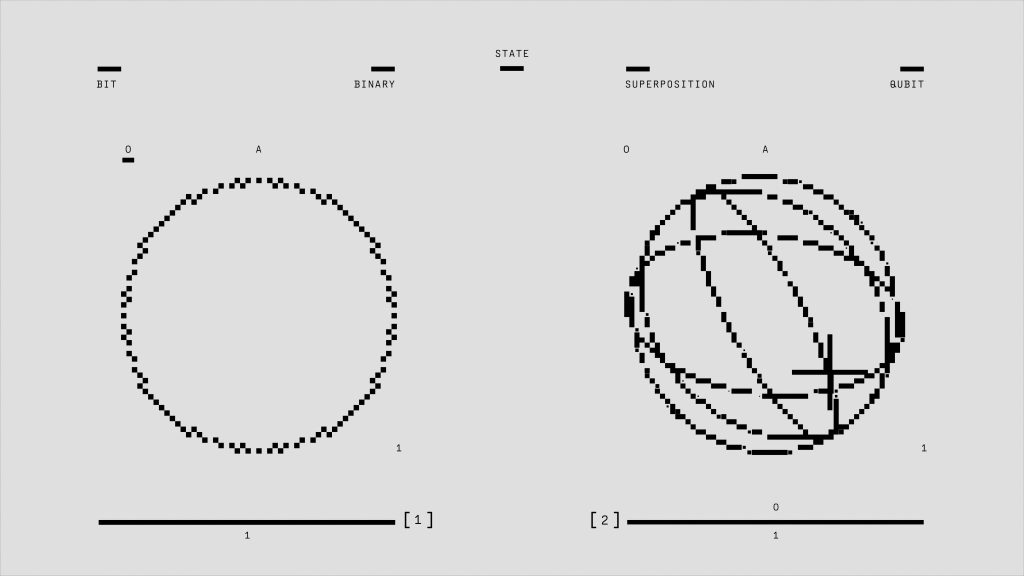Troubleshooting Unresponsive Hard Drives: Formatting and Readability Challenges
In the realm of data management, encountering issues with hard drives that refuse to format or remain unreadable can be quite frustrating. One common scenario involves multiple drives—some without protective covers—where users face difficulties accessing or formatting their devices, even with the appropriate hardware tools.
Case Overview:
A user reported experiencing persistent problems with two hard drives. Although both drives are physically accessible, only one responds when connected via an SSD reader device. Specifically, the user’s SSD reader successfully reads a red-colored hard drive, while the other remains completely inaccessible. Attempts to format either drive have repeatedly failed, further complicating data recovery or system reinitialization efforts.
Key Challenges:
– The unreadable or unresponsive hard drives, especially those without protective covers
– Limited hardware compatibility, with the SSD reader only functioning on one of the drives
– Failed formatting attempts, indicating potential underlying issues such as filesystem corruption, hardware failure, or connection problems
– Inability to detect or read the second hard drive at all
Recommended Solutions:
1. Check Physical Connections: Ensure all cables and adapters are securely connected. For drives without covers, inspect for physical damage or debris that could hinder connectivity.
-
Test with Alternative Hardware: If possible, try using a different SSD reader or connect the drives directly to a computer via SATA or USB adapters to rule out hardware compatibility issues.
-
Use Disk Management Tools: Utilize built-in OS tools such as Disk Management on Windows or Disk Utility on macOS to detect the drives, assess their status, and attempt to initialize or format them.
-
Run Diagnostic Software: Employ specialized diagnostic tools provided by drive manufacturers or third-party utilities like CrystalDiskInfo to evaluate drive health and identify possible hardware failures.
-
Data Recovery Options: If important data resides on the drives, consider consulting professional data recovery services before attempting further formatting or repairs.
-
Consider Drive Replacement: Should hardware failure be confirmed, replacing the problematic drives may be the most viable solution.
Conclusion:
Encountering unresponsive or unreadable hard drives can be daunting, but systematic troubleshooting often reveals the underlying issue. Whether due to physical damage, logical errors, or hardware incompatibility, exercising caution and utilizing appropriate tools will facilitate effective resolution. If problems persist despite these efforts, seeking professional assistance is advisable to safeguard data and restore functionality.
Remember, regular backups are essential to prevent data loss and minimize downtime during hardware issues. Staying informed
Share this content:



